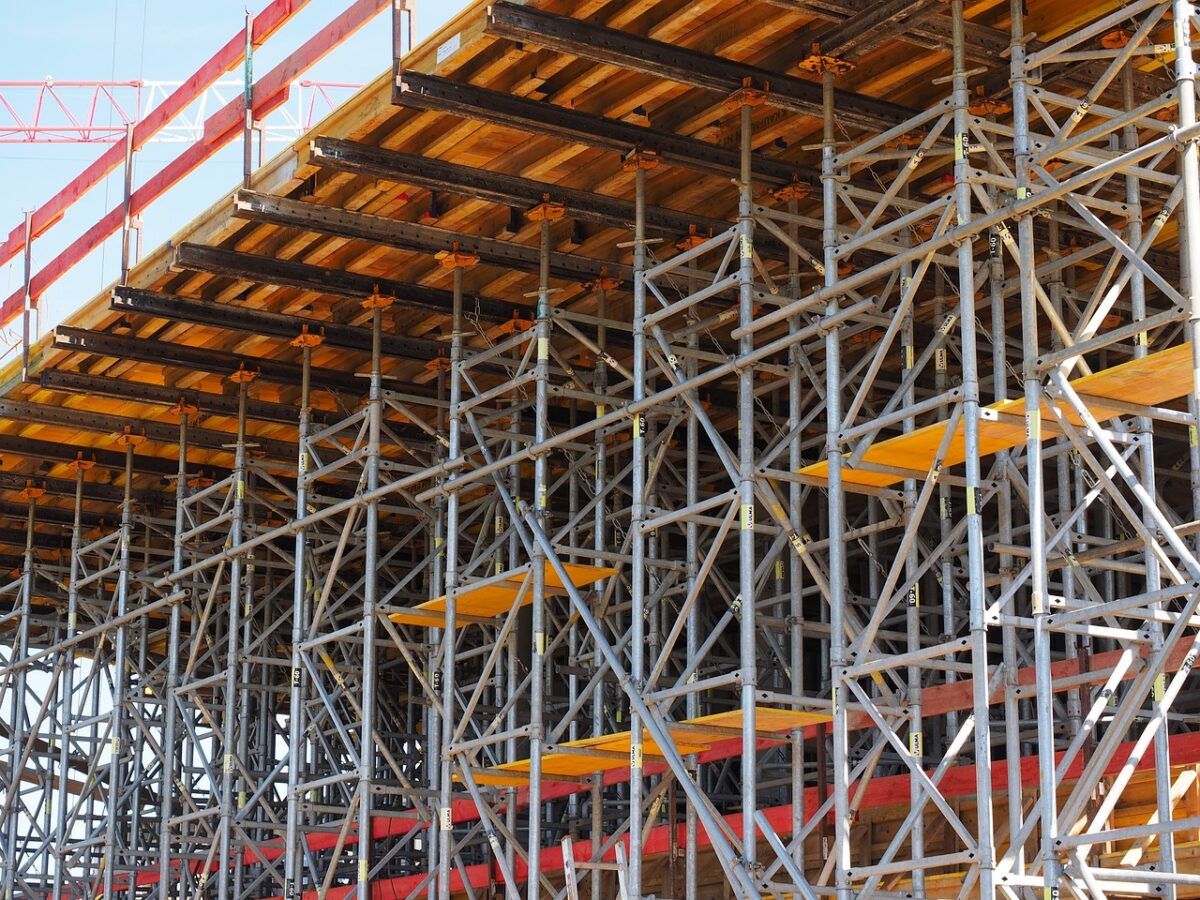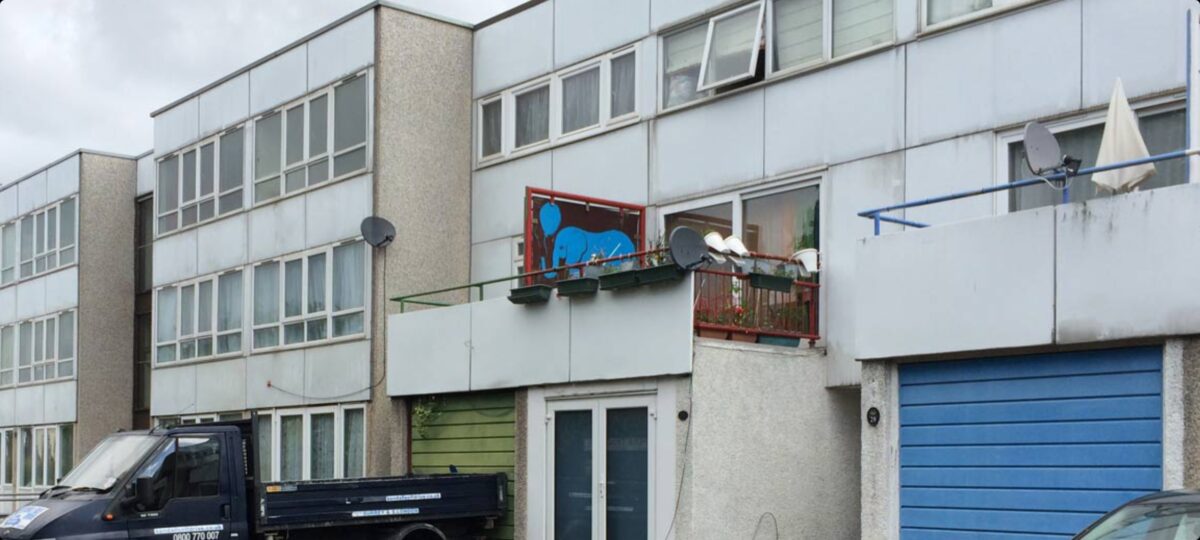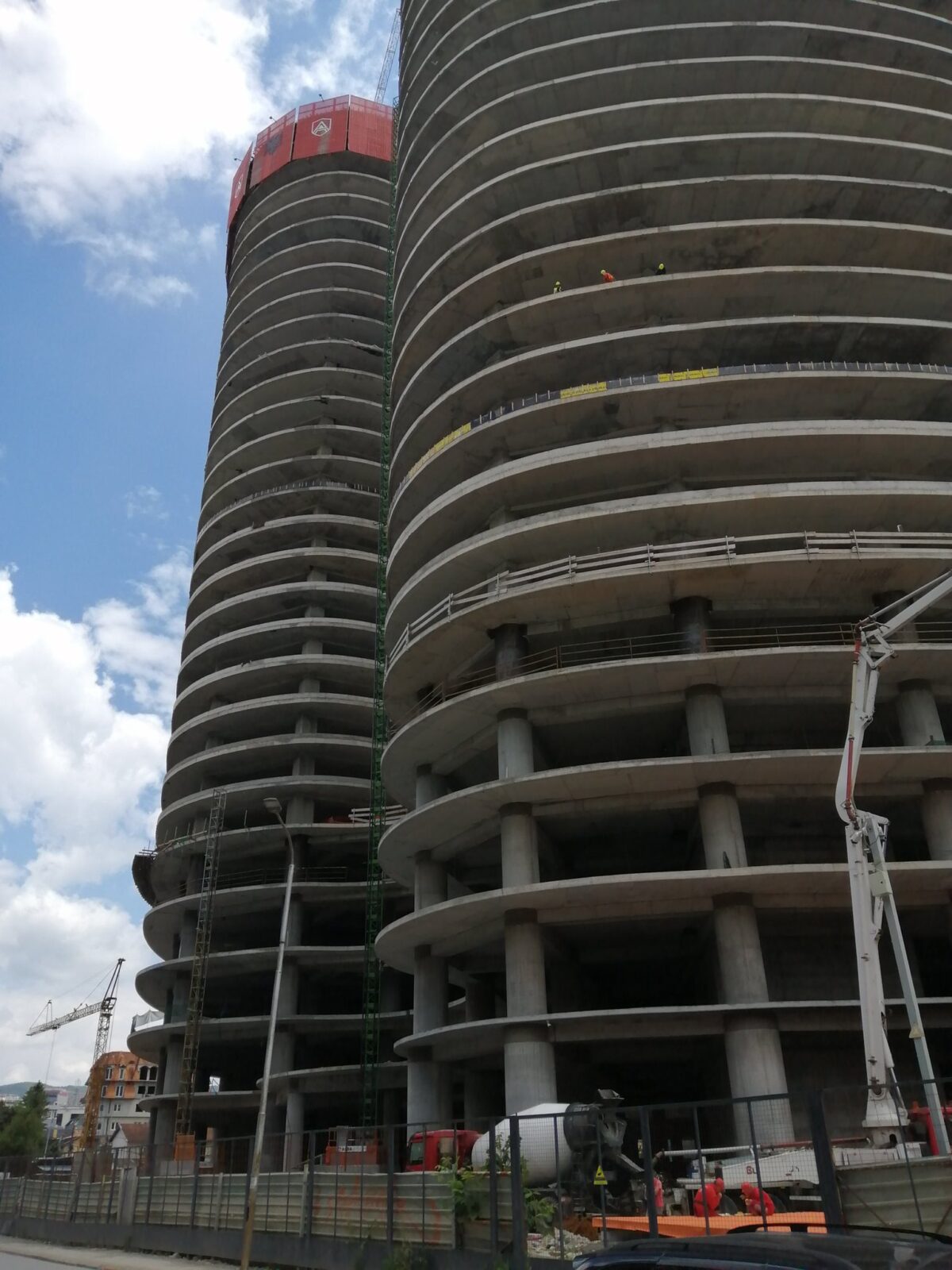The UK has a huge backlog of housing need, with the effects of this rippling across our society. Studies in 2018-19 suggested that there where over 4.75m households in need of suitable housing, with recent updates outlining the need for an additional 60-70,000 social rented homes per year, rising to 80-90,000 by 2030. Beyond this, many argue that we should be adding 300,000 homes in total to our housing stock each year. This is something Labour are committed to, in the delivery of 1.5m additional homes over the next parliament.
But we need to wake-up to the scale of this change. Over the last five years we have added under 16,000 social rented homes a year across England, Scotland and Wales. Net additional homes in England have been below 250,000 for well over 20 years and new housing completions across the UK have not exceeded 300,000 per year for over four decades[1].
In sum, we are miles off Labour’s supply targets, and to get there would take a radical long-term approach far beyond the proposals presented so far. Assuming the proposals around planning reform, land compensation and compulsory purchase, and the creation of new towns, all deliver significantly more land for development within five years – something we are justified in being sceptical about – one fundamental issue would remain. Who will produce these homes?
At present, over 40 per cent of new homes are built by just eight housebuilding firms, as the market share of SME developers has shrunk over several decades. In contrast to Germany, where over 50 per cent of homes are self-build, or directly commissioned by future residents, the equivalent supply here in the UK is just 7 per cent.
This matters for a number of reasons. Firstly, to create 300,000 new homes a year we will need to ramp-up of delivery by lots of different producers, in order to meet the varied housing needs that exist. Secondly, as explained in the recent Competition and Markets Authority (CMA) report on housebuilding, diversity of supply affects the speed at which homes are built-out, and therefore how fast you can add new supply. The greater the diversity of housing types, the quicker the market ‘absorbs’ them. Thirdly, as stated again by the CMA, the particular brand of speculative housebuilding we have in the UK is problematic, and not only in terms of the level of supply we get, but also in terms of its effect on prices and the extraction of value. Value extraction through dividends and other shareholder returns represents lost investment, or more precisely, lost homes. There are other factors that affect new supply, with the CMA at pains to stress the dysfunctions in our planning system, but far too often the nature of speculation in our housing system, and associated capital flows, are overlooked.
Over the past few decades, large UK housebuilders have changed markedly, particularly in terms of who owns them and how they are governed. The largest shareholdings in our big housebuilders are now largely held by global asset managers who, when studied, seem to extract more capital from these firms than they impart into the wider housing supply system. When we case studied one of the biggest shareholders in our PLC housebuilders we saw investments of £45m to support new housing production in a given year, but this was eclipsed by capital returns of £158m.
In our recent report, The Invisible Hand That Keeps On Taking, we showed that in 2005 the eight largest housebuilders paid out 16 per cent of pre-tax profits in dividends. This equated to just over £5,000 per home built. By 2022 their dividends were 47 per cent of profits, representing £22,000 per home. Dividends increased by 230 per cent in real terms, compared to new housing completions which rose just 23 per cent over the same time frame. Dividends have been made possible by a long running period of ‘super-normal’ profitmaking, evidenced by the CMA’s analysis and our own research. Whilst the claim is these super-normal profits are part of the ‘cyclical’ nature of housebuilding, and therefore just a feature of a boom period, we see that for twelve out of the last twenty years housebuilders have made super normal returns. Only five of these years saw returns on capital below a ‘normal’ range. We would argue that is a pretty favourable cycle, if indeed it is one. When we analyse changes in the costs per home built we see that this profitability has made possible, in part, by driving down land costs.
And herein lies the problem for Labour. Building 1.5m homes offers little time for slow market restructuring, to boost competition and production by different actors. And yet, reliance on the current market suggests completions will not rise at the rate required, largely because that would have a deflationary effect on the price of those homes, something which cannot be tolerated if your modus operandi is increasing margins rather than increasing volumes.
So, what can be done? Firstly, Labour should reorientate itself to targets on affordable homes, focusing its efforts on policy responses which boost affordable supply. If we cannot borrow more to increase funding for more affordable homes (as per the fiscal rules) then this should be achieved through targeted taxation or by capturing value elsewhere to reinvest. Here it is instructive to note that between 2016-21, the UK government allocated £9bn in affordable housing grants in England, to create tens of thousands of new affordable homes. Over same period, the dividends of the eight biggest housebuilders equated to £11bn. And so just the dividend payments of a few companies exceeded government expenditure on affordable housing grants, and this does not factor in the other means of returning capital to shareholders that such companies engage in.
If there is surplus in this system, then it needs to be directed toward increased supply, or captured for the public purse to then be redirected. Forms of taxation, and conditioning public funding and support for housebuilders, are just two means to do this. If you are benefiting from public subsidy – for instance where a housebuilder is building homes funded with affordable housing grants – then you should adhere to certain requirements on the reinvestment of surpluses. If we can levy charges on housebuilders to remediate fire-safety issues, then perhaps we should be levying charges to help address critical housing need.
Beyond private housebuilding, there is much that can be done in policy terms to incentivise development by small and medium builders, self-builders, and community-led housing groups. This could include incentives in the planning system, making better use of exception site policies, and creating presumptions in favour of these types of development. Labour has had very little to say on this to-date, and it’s time to dedicate some proper policy attention to this issue, which can help us diversify the production system.
The hope is that in the rush to increase housing supply, we do not deepen the dysfunctions within our housebuilding system further, and instead we play the long game to radically shift who builds, and therefore who benefits.
[1] https://www.gov.uk/government/statistical-data-sets/live-tables-on-house-building






